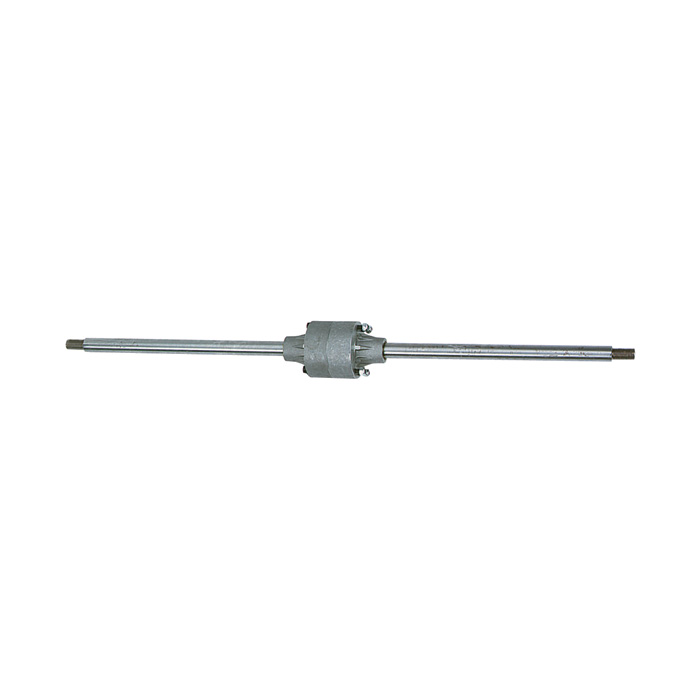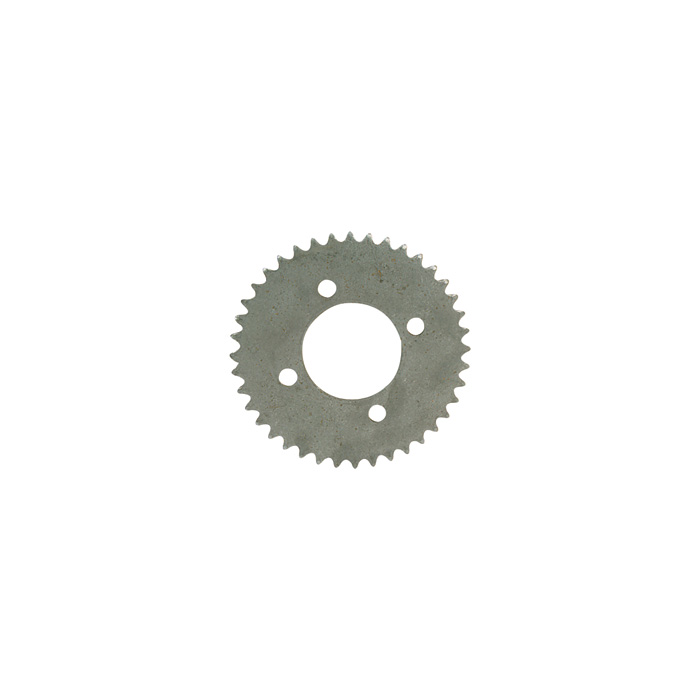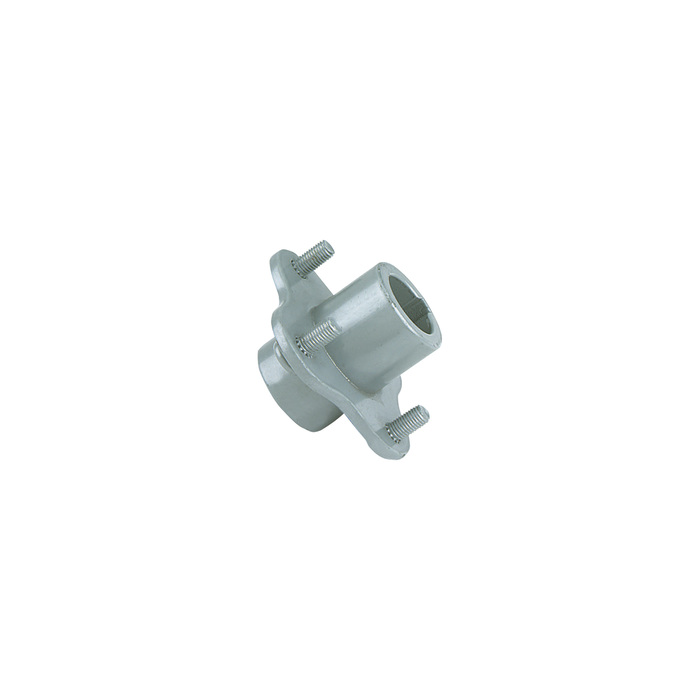Physics Guy
10 mW
- Joined
- Aug 18, 2016
- Messages
- 23
I'm posting this in the motor technology forum because it isn't really a bike or scooter question. Does anyone have experience with the 9 inch direct drive hub motors that can be found on Aliexpress?http://www.aliexpress.com/store/pro...ric-skateboard-motor/1279208_32438320428.html for example.I am building a small go kart like object with my high school robotics team for the Power Racing competition. Other than the shipping from China this looks like a great motor. However my experience is with brushed motors geared down. Brushless motor plus direct drive has me worried about torque and ability to accelerate.
Some notes - I'm guessing around 120 - 140kg or kart + rider for the competition. Lots of acceleration needed due to twisting track, hills,and avoiding other cars.
Some notes - I'm guessing around 120 - 140kg or kart + rider for the competition. Lots of acceleration needed due to twisting track, hills,and avoiding other cars.






